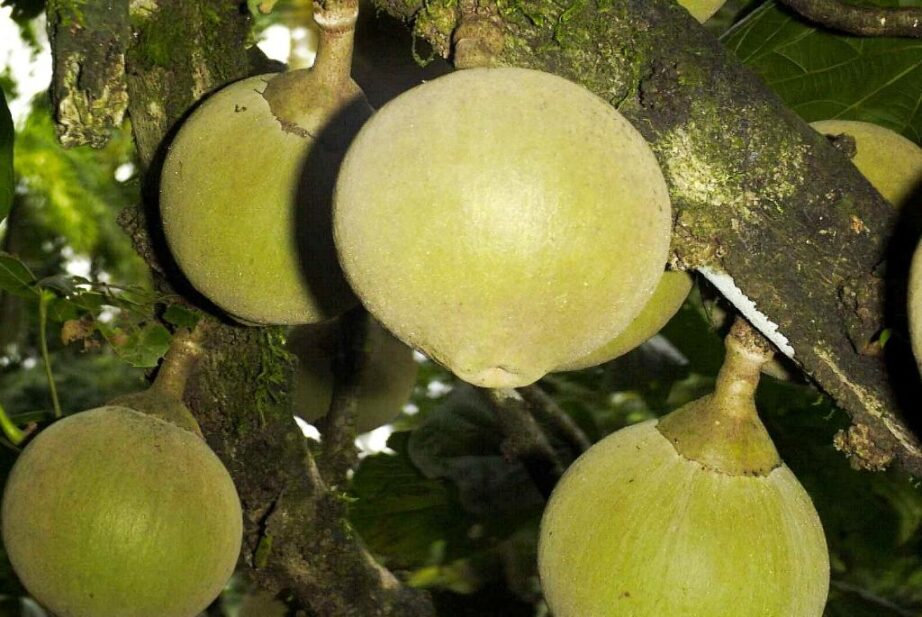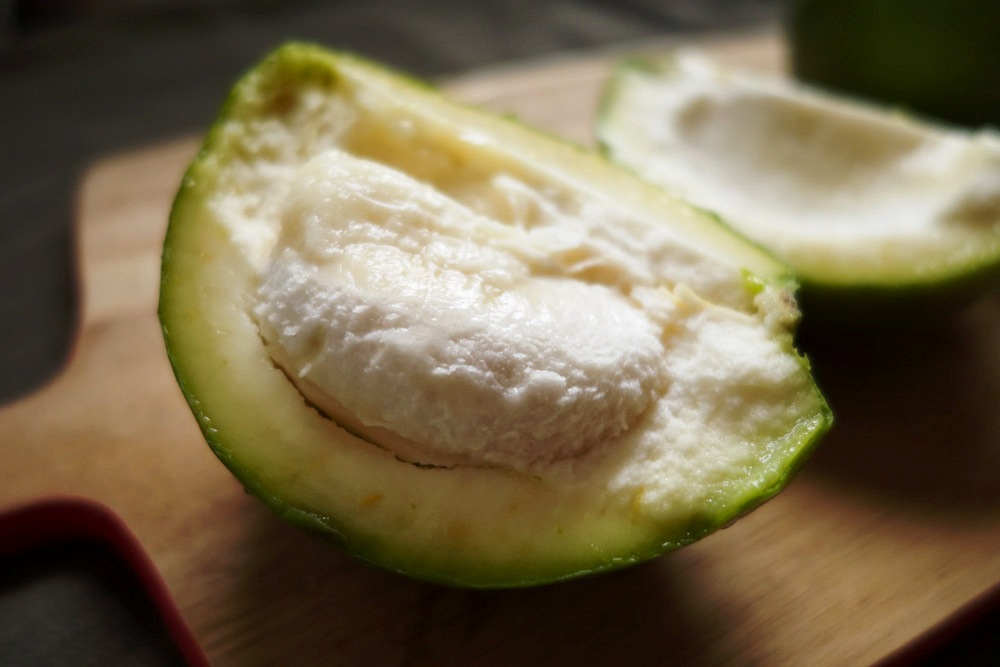
Aztec fruit, aka White Sapote, originate from the jungles of Central America, and later brought to Australia which it is cultivated and grown here.
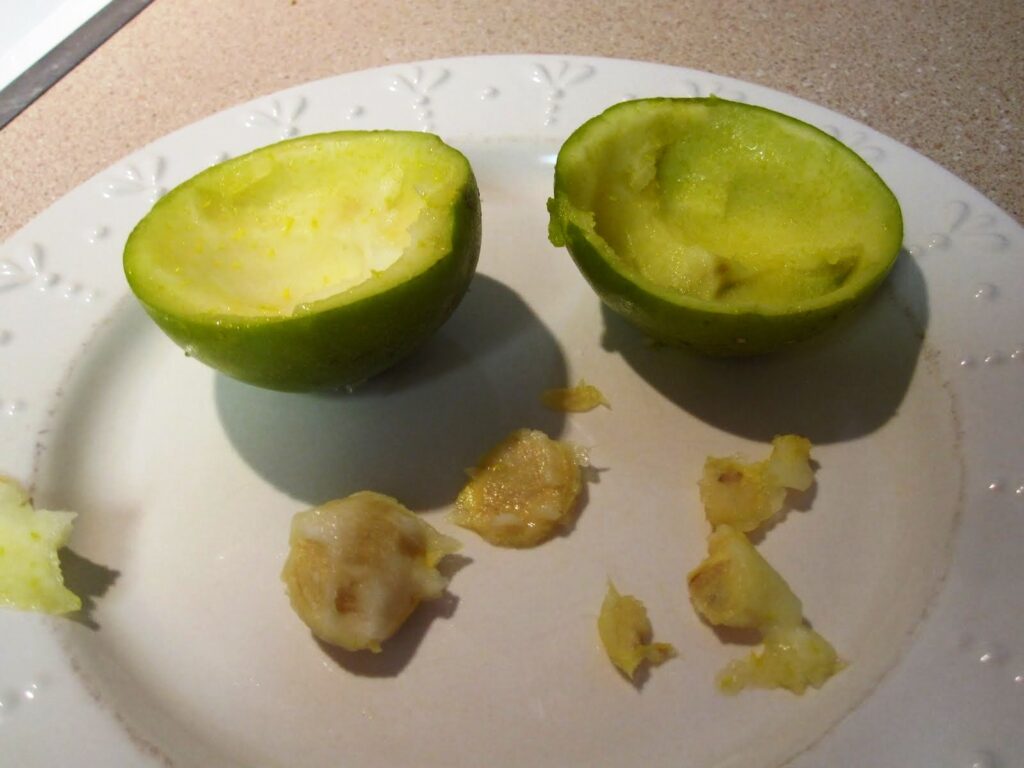
It has a texture and sweetness of a custard apple, taste of a hybrid between caramel, coconut and pear. They are rich in vitamin C and are second only to the banana in terms of energy content. You may enjoy with vanilla ice cream, with or without its skin.
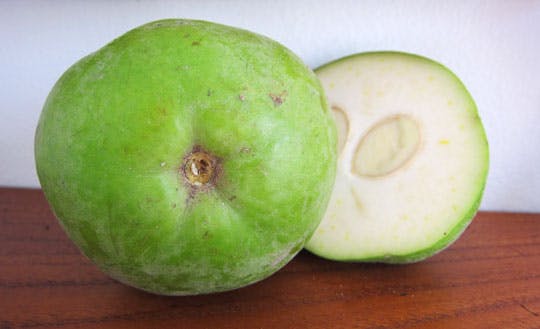
Description/Taste
The White sapote is a fruit that must be handled with care from cultivation to harvest. The ideal White sapote fruit is rounded or somewhat oval, averaging roughly 3 to 4 inches in diameter.
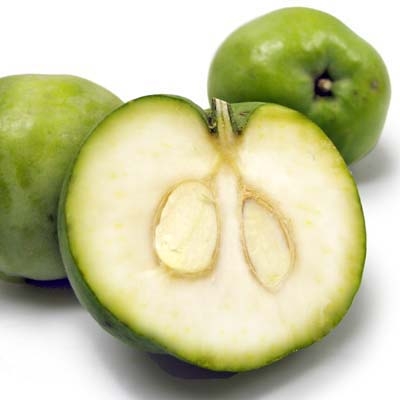
The skin is thin, lime to lemon lime green in color and lightly coated with a thin bloom. The flesh is filled with vanilla aromatics, ivory in color with yellow tones near the skin and surrounding the seeds within the flesh.
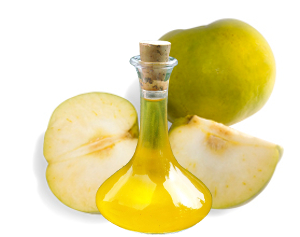
Any given fruit can bear one to six plump hard inedible and potentially toxic seeds. The flavor of the fruit is nectar sweet with notes of banana and pear, its texture tender and custard-like.
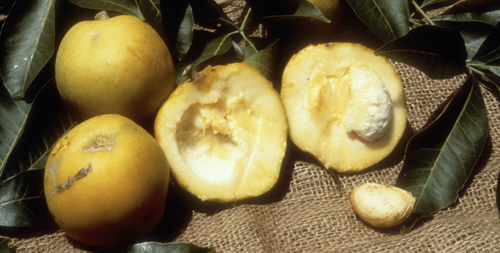
Less ideal White sapotes will have bitter tones offsetting the fruit’s sweetness and the flesh can become pasty and resinous if picked too early, picked poorly or allowed to mature too long.
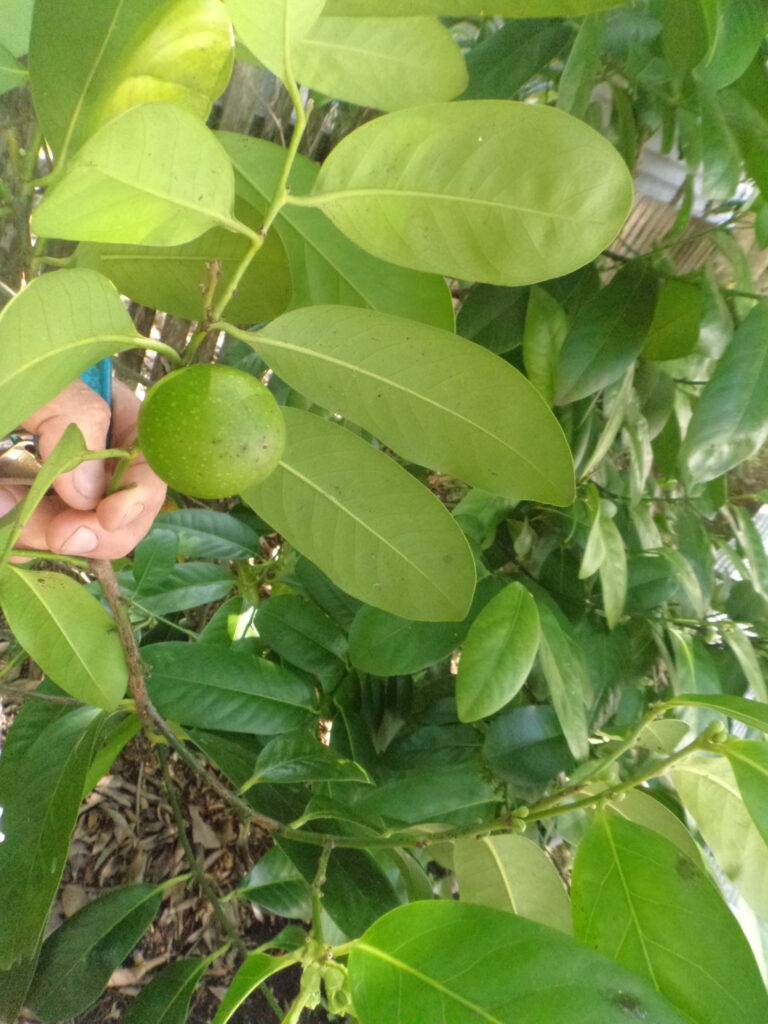
The level of pollination and weather conditions can also affect the fruits’ appearance, flavor and texture. It is not rare to have entire fruit trees void of pollination, creating fruits with no seeds at all.
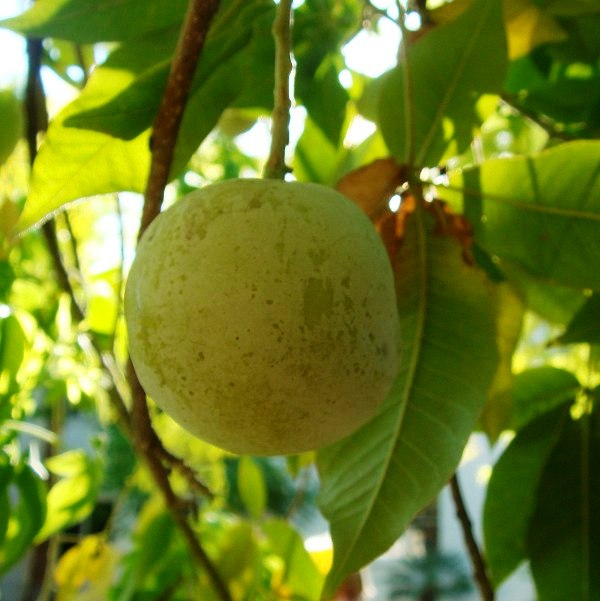
Mature fruits are picked with the stem still slightly attached to the fruit to prevent bruising. The stem eventually falls off, revealing the fruit’s peak ripeness.
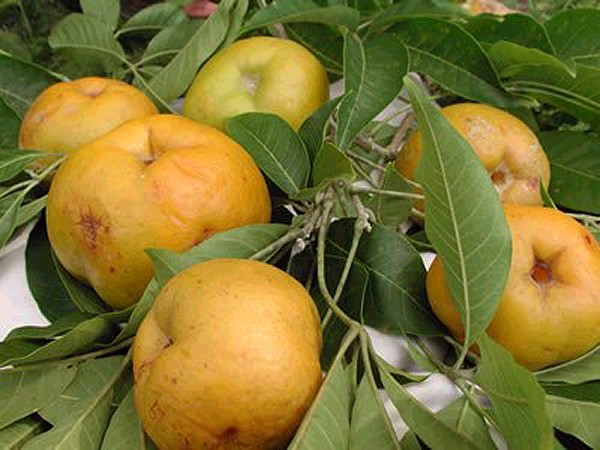
Seasons/Availability
Sapote fruit is generally available in the fall and winter months.
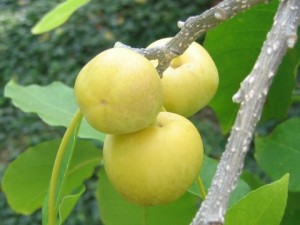
Current Facts
The name sapote actually refers to several cultivars including the highly regarded fruit, mamey sapote. There are Black sapote cultivars and in this case, the White sapote, which is the singular sapote fruit to belong to the Rutaceae family. The White sapote, known as zapote Blanco in its native region, is the most common sapote fruit and a distant relative of the citrus family. The White sapote fruit is cultivated and sold strictly as a fresh market fruit as it does not ship well. It is not sold commercially for post-harvest processing either as it has been classified as not suitable for canning, freezing or puréeing, specifically because of its low acid content.
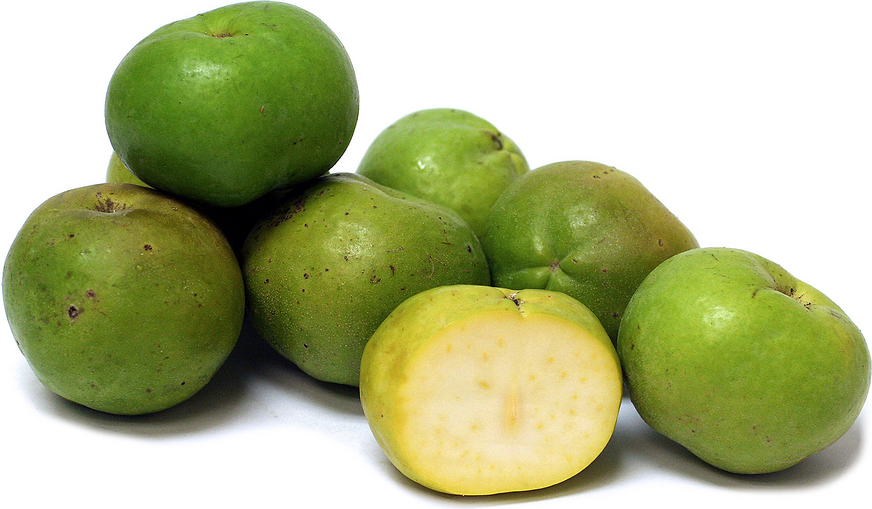
Applications
White sapote fruit is quintessential in Latin American cuisine. In its native regions, it is most commonly eaten fresh out-of-hand. The addition of cream and sugar is also very common. The fruit is chilled or frozen to make a simple custard, blended drink (smoothie) or ice cream. These simple embellishments prove that the fruit needs very little processing or companion ingredients for it to be purely enjoyed. It is highly recommended to remove the skin and seeds before eating.
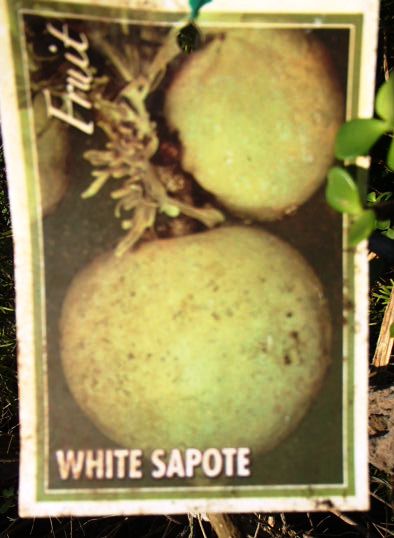
Geography/History
The common White sapote is found indigenously growing wild and cultivated in Central Mexico. It is also grown in subtropical high elevation regions of Guatemala, El Salvador and Costa Rica. In Central America the White sapote trees are planted as a shade tree on coffee plantations.
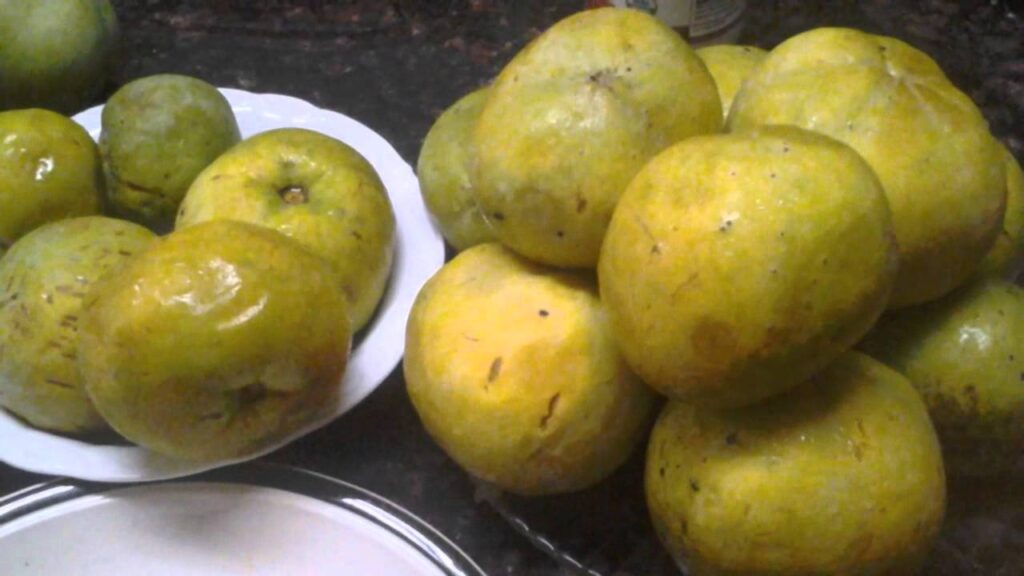
The White sapote does not like heavy desert conditions nor does it tolerate too much humidity. It prefers acidic soil and has greedy roots, often reaching up to fifty feet long. The White sapote was introduced to California in 1810, yet the state’s mostly temperate fruit growing regions do not readily accommodate the classic White zapote varieties, often producing less than edible fruits.
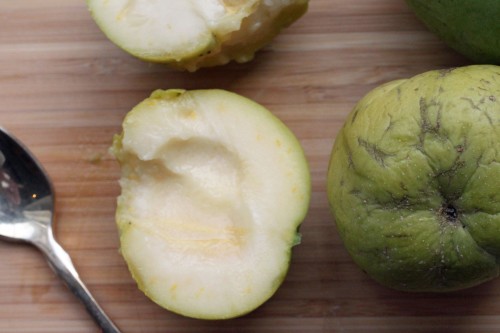
There have been decades of research and hundreds of acres of Southern California orchards dedicated to developing successful new varieties of White sapote (Chestnut, Suebelle, Chapman, Bravo and Vinner) which can produce more fruits than can be physically eaten.
Any questions or if buying, contact me HERE


